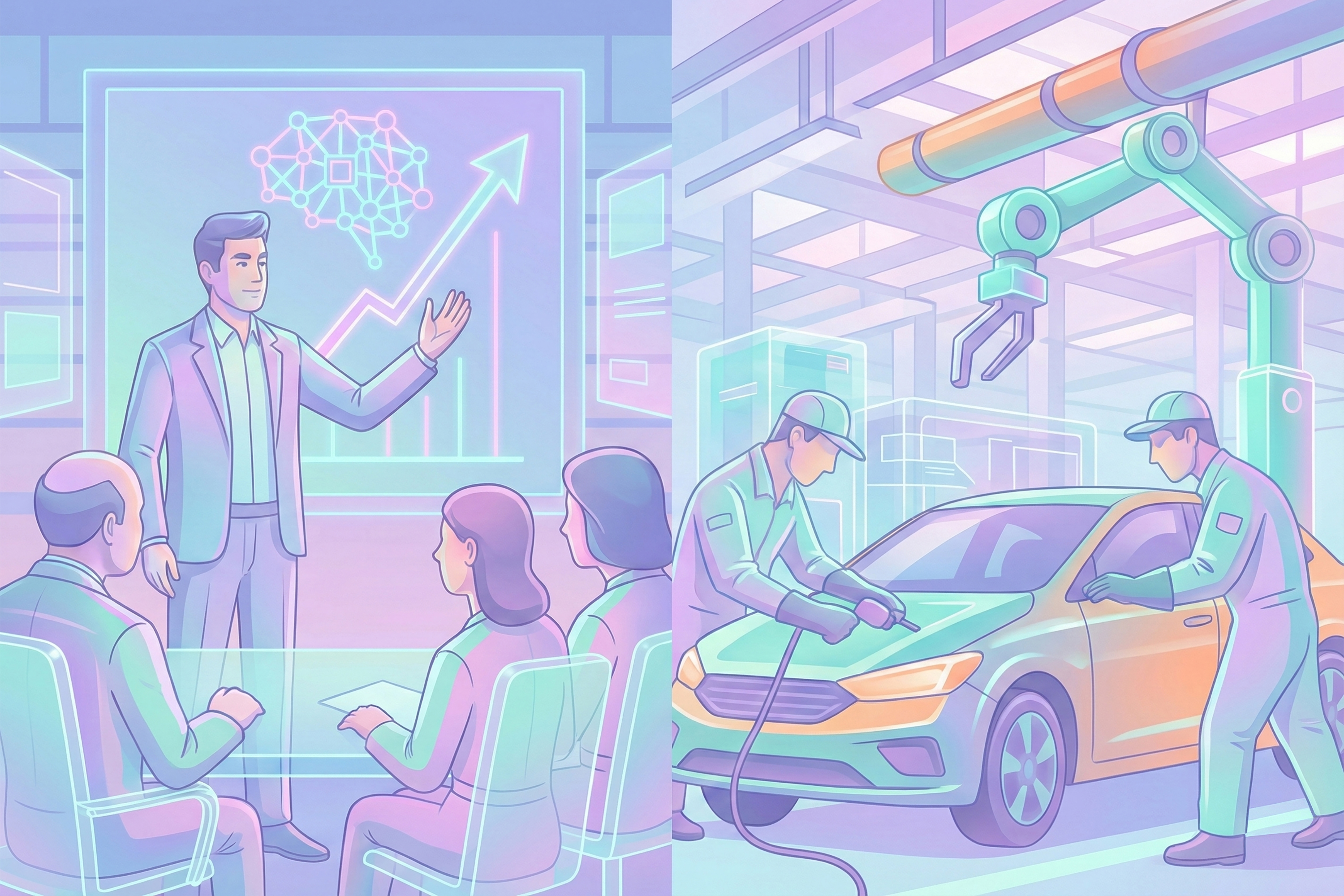
Since the 1990s, the world and global economy have become much more interconnected, and globalization has seemed a force that could not be stopped. However, the current wave of populism as well as the return of protectionist policies (e.g. Trump’s America First) fuel fears that globalization could be reversed, leaving the world worse off in economic as well as socio-political terms. The question therefore emerges whether globalization has peaked, will reverse or will actually continue its upward trajectory. Looking at the history of globalization may provide some glimpses of its future.
In modern times, we have seen three waves of globalization and de-globalization. This process began in the 19th Century, with the Industrial Revolution, steamships and railways, rapid population growth and European imperialism, which was ended by the global flow of isolationism in the 1930s after the Great Depression. The second wave lasted from after WWII until the 1970s, driven by the integration of European countries and emergence of the Bretton Woods system. It was ended by the “Nixon shock”, which de facto ended the Bretton Woods system. However, global trade didn’t fall significantly during that period, in contrast to the 1930s, so we could say that there was only a period of “globalization stasis” in the 1970s and 1980s. The last phase came after the collapse of the Berlin Wall and implosion of the Soviet Union and was driven by further innovations in ICT that reduced transaction costs. Furthermore, the neoliberal “Washington Consensus”, which advocated openness to both trade and capital flows meant that Asia and other emerging markets continued to open up to the global economy. As such, there was a clear upward trajectory towards more globalization and economic and political integration.However, the recent trade war by an increasingly isolationist U.S., the rise of anti-globalist populism (both in developed and developing countries), as well as a broader backlash against multilateralism and economic and political integration fuel fears that this process of globalization will stall or even reverse. There are good reasons for thinking this. The first is that major steps to integrate countries and economies into the global economy and political system have already been taken. Similarly, production chains are already very complex, meaning that there are lower marginal benefits to spreading them across the globe, while breaking them up could increase transaction costs. Furthermore, new technologies (e.g. 3D-printing, AI, robotics) could lead to reshoring production back to home countries, which could reverse the process of “outsourcing” production to other countries. Lastly, capital flows are unlikely to become more globalized, given the regulation implemented after the financial crisis to increase stability in the global financial system. As such, we could argue that globalization has reached a “natural limit”.Can we identify any new drivers of globalization? One could argue that services could become one, as trade in services is much lower than trade in goods (roughly a quarter of global trade in merchandise goods), meaning more scope for increase. Furthermore, we have written before that digitalization could boost trade in services, as most service sectors have remained relatively resistant to digital disruption. However, trade in services is more difficult because most services are local by nature and thus unsuited to being traded (e.g. a haircut can only be consumed at the local barber). Furthermore, getting countries to agree on common standards is much harder to achieve than it is for goods (e.g. establishing similar legal or healthcare standards is a much more sensitive issue for countries) as exemplified by the stalling General Agreement on Tariffs and Trade (GATT) rounds that increasingly focus on reducing trade barriers for services.Lastly, the global trade war between the U.S. and China could have longer-lasting ramifications for the global economy. Not only could it mean a decoupling of the two largest economies in the world, representing over one-third of global GDP, but also a broader relocation of production chains back to countries. Furthermore, this is being enabled by the aforementioned technological innovations that make reshoring economically feasible. As such, the world could become divided among regional blocks with new economic centers of gravity. For example, an Asian block led by China versus a Western block led by the U.S.On the positive side, the history of globalization shows that previous phases of deglobalization were mostly driven by policy decisions (e.g. the Smoot-Hawley act in 1930 and Nixon’s decision to suspend the U.S. dollar’s fixed convertibility to gold in 1971). As such, there is no “endogenous” driver that could lead to deglobalization. Furthermore, technological innovations could also lead to new comparative advantages in the global economy, especially for those regions that have hitherto been underrepresented in the global trading system because of dependency on global export markets. But with digitization, many more countries can “leapfrog” into new ways of production and value chains, meaning that they can skip particular stages of their economic development. Furthermore, decentralized technology could mean that national states will become less important actors of economic activity, and that multinationals as well as decentralized production models will increasingly boost future economic productivity and exchange. All in all, although there are limits to the expansion of the global economy, there are reasons to think that its end is not inevitable.

